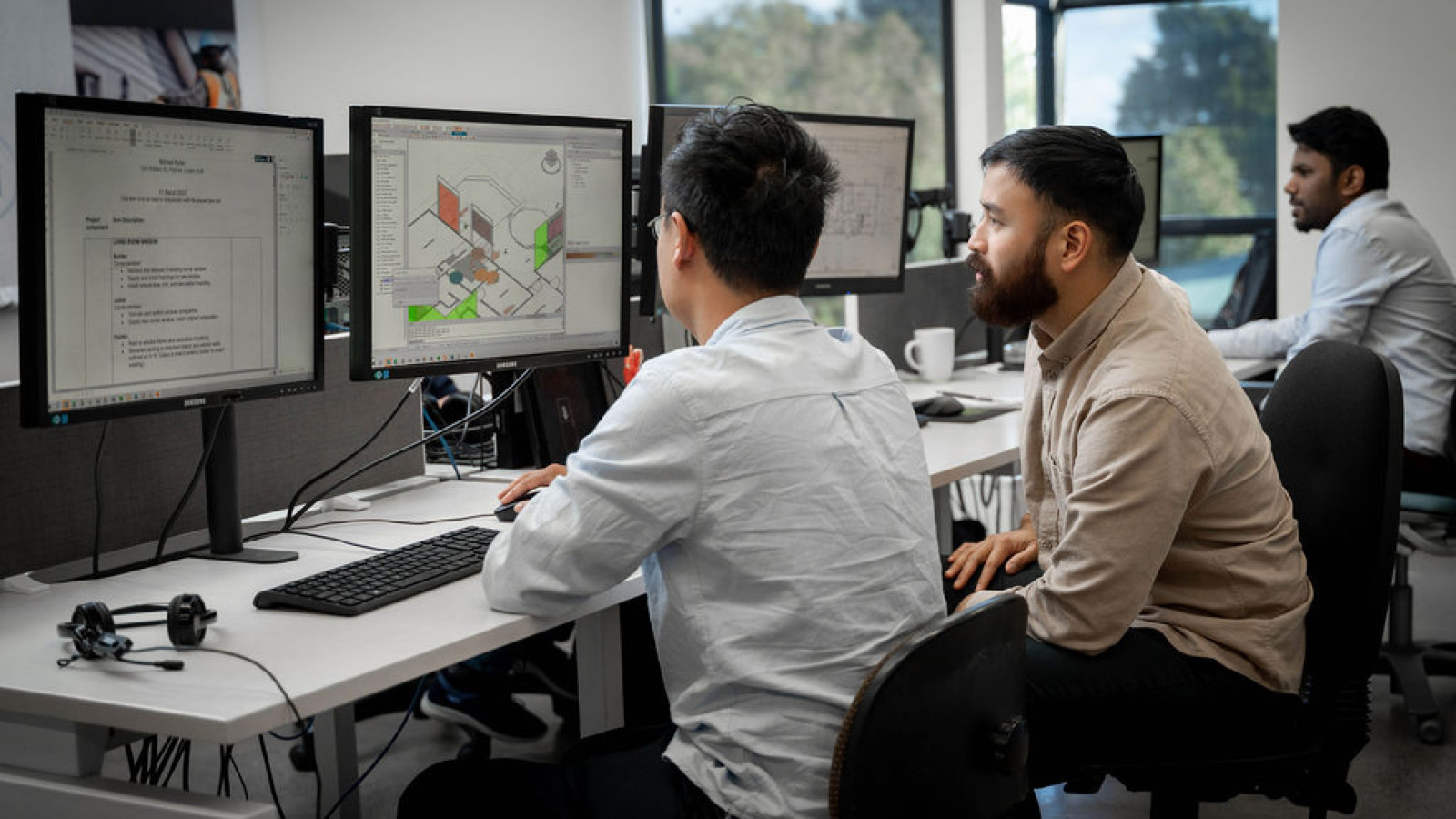My vision is cost informing design; making better design decisions because you understand the impact of them. This doesn’t mean a cheap product, but conscious decisions between cost, scope, and specification.
An open chequebook
I can only remember one occasion in my career when I was given an unlimited budget. This was during my engineering days. Our team had figured out how to cast expansion joints from silicone rubber and having successfully perfected a small one for NZ Steel, they then had a large 1m diameter one blow deep inside a rotary kiln that had to be sourced from Germany, which meant the plant was down at a cost of $150,000 an hour (in the early 1990s). They said ‘whatever it takes’. Our team worked around the clock for three days and we were nervous as hell as to whether it would work or not. It wasn’t until we split the mould that we knew we had succeeded.
So, unless you are making 1m rubber joints or are lucky enough to have a client with an open chequebook, you will be designing to some form of financial constraint. Too often we have estimated on projects where the cost has come out massively over the client’s budget, which is an undesirable result for all involved.
My interest in the relationship of design and cost began in 1993 as Marketing Manager at Carters. I remember saying “why can’t the designers computers talk to our costing computers; they are both computers aren’t they?” While that showed more how little I knew about computers, this was the start of my journey of exploring how information can move more efficiently through the construction process.
Back then there was an exceedingly long gap between design decisions and understanding the cost implication, and worse still, the costing methods were typically based on $/m² which were not accurate enough to respond to small changes in detail.
Technology empowering solution
The technology we have developed at YourQS connects the 3D model to the costs in a unique way that allows us to go down to whatever level of detail is relevant. Thus, enabling a way to easily value the impact of small design changes.
The recent H1 cost comparison work that we did with EBOSS, NZCB, and Designgroup Stapleton Elliott is a good example of how being ’cost informed’ will lead to better design outcomes.
Click here for Matthew Duder’s post on this
H1 examples shows the benefits
Meeting the requirements of H1 is a classic example of the disconnect between design choices and cost. The code allows the designers levers for the R values of slabs, walls, roofs, and windows, but each click on those levers costs money, so what is the best combination for your design? Making it even more complicated, design choices on window areas, ceiling heights and building proportions can also affect the thermal performance.
While designers have tools like the BRANZ Calculation method tool to determine how their design and specification can meet the thermal requirements of H1, what they do not know is the cost. Is adding 100mm of EPS under a raft floor more cost effective than R7 in the ceiling? Or do you spend more on the windows?
Understanding cost detail opens the door to innovation
There is no silver bullet for reducing the cost of building houses and no magic construction system or process that will dramatically lower the cost of building. It will be a lot of small innovations that add up to make a significant impact, though many of these get lost in traditional estimating.
During my early working career at CHH Wood Products, I took part in discussions about pre-primed interior mouldings; of how we could recover the cost of painting as these would save the painter time. If a painter worked out their cost based off the floor area, this is entirely lost.
Winstone Wallboards have a system that replaces framing studs with a metal angle that saves around $1,000 a house (with a bonus thermal performance of the wall) but relies on the frame plant passing on the reduction in studs.
Our exercise for H1 just used generic systems, there will be proprietary systems out there that give a better R bang-for-buck, but it can be hard for the developers of these to get their cost to benefit message out.
About Nick Clements
Nick won the inaugural NZIOB 20204 Digital Technology award for his work on 3D estimating in residential construction. He is a Member of the NZIQS and is vice chair of the Auckland committee.
His business, YourQS, specialises in providing cost estimating services to residential builders, architects, and homeowners for both new build and renovation projects. They have completed over 3,200 projects since launching in 2019 working for around 300 builders nationwide.




























 Most Popular
Most Popular Popular Products
Popular Products


